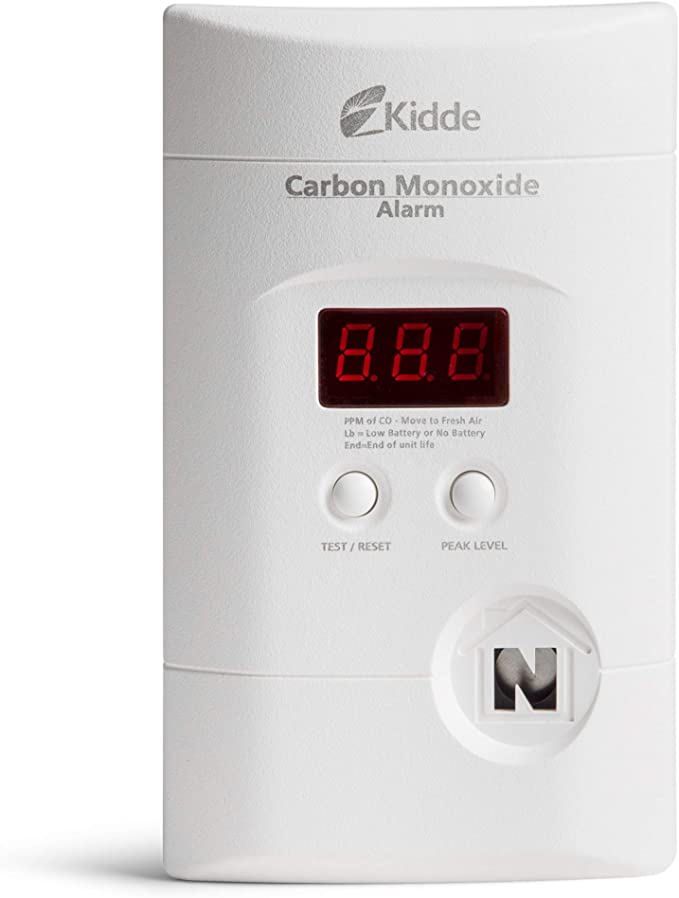
Smoke alarms save lives. Smoke alarms that are properly installed and maintained play a vital role in reducing fire deaths and injuries. If there is a fire in your home, smoke spreads fast and you need smoke alarms to give you time to get out.
Here’s what you need to know!
- A closed door may slow the spread of smoke, heat and fire. Install smoke alarms in every sleeping room and outside each separate sleeping area. Install alarms on every level of the home.
- Smoke alarms should be interconnected. When one sounds, they all sound.
- Large homes may need extra smoke alarms.
- Test your smoke alarms at least once a month. Press the test button to be sure the alarm is working.
- Today’s smoke alarms will be more technologically advanced to respond to a multitude of fire conditions, yet mitigate false alarms.
- When a smoke alarm sounds, get outside and stay outside.
- Replace all smoke alarms in your home every 10 years.
Often called the invisible killer, carbon monoxide (CO) is an odorless, colorless gas created when fuels such as gasoline, wood, coal, propane, etc. do not burn completely. In the home, heating and cooking equipment that burn fuel are potential sources of CO. Carbon monoxide incidents are more common during the winter months, and in residential properties.
- The dangers of CO exposure depend on a number of variables, including the victim’s health and activity level. Infants, pregnant women, and people with physical conditions that limit their body’s ability to use oxygen (i.e. emphysema, asthma, heart disease) can be more severely affected by lower concentrations of CO than healthy adults would be.
- A person can be poisoned by a small amount of CO over a longer period of time or by a large amount of CO over a shorter amount of time.
- In 2016, local fire departments responded to an estimated 79,600 carbon monoxide incidents, or an average of nine such calls per hour. This does not include the 91,400 carbon monoxide alarm malfunctions and the 68,000 unintentional carbon monoxide alarms.
- Data from the Center of Disease Control and Prevention’s (CDC’s) National Center for Health Statistics shows that in 2017, 399 people died of unintentional non-fire carbon monoxide poisoning.
Smoke and Carbon Monoxide Detector inspections are done by the Middlesex County
Fire Marshall’s Office. The link for the forms is Smoke/Carbon Monoxide Detector Inspections
The Middlesex County Fire Marshall’s Office handles all fire related inspections. More information can be found at Middlesex County Fire Marshall’s Office
